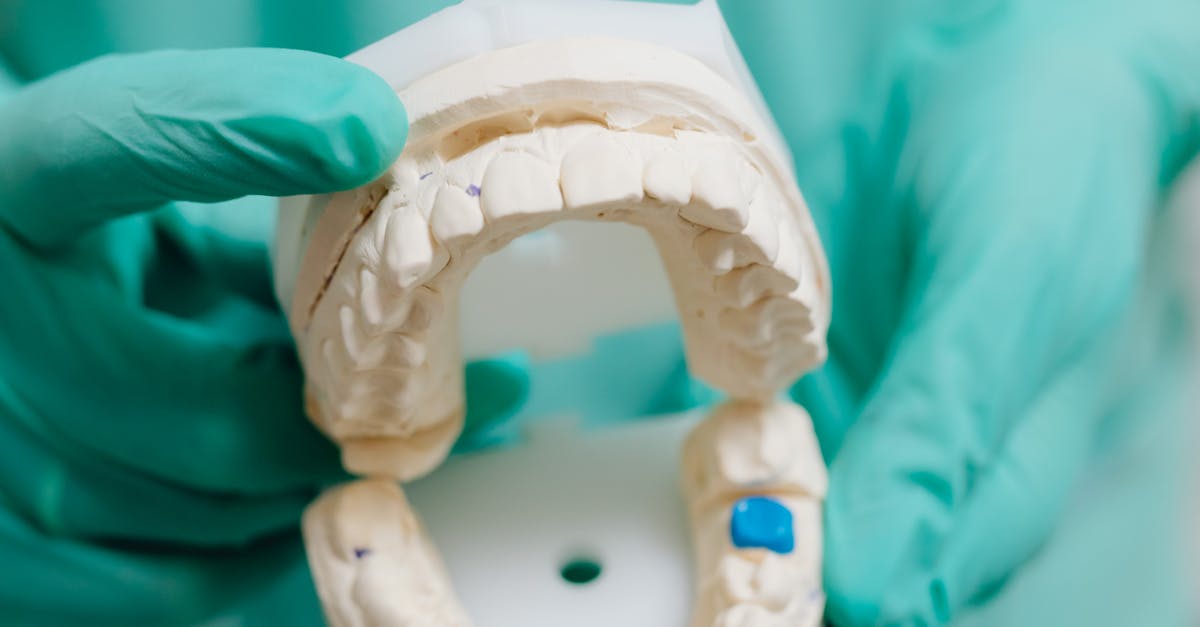
Mobile Dental Units
Table Of Contents
Mobile Dental Units
In the ever-evolving landscape of dentistry, practitioners are increasingly recognizing the advantages of mobility in their equipment. One of the most notable innovations in this field is the Dental Scanner Trolley, designed to streamline the workflow and enhance patient comfort. With the ability to transport essential tools and technology to various locations, dental carts for mobile use serve as a vital resource in both clinical environments and community outreach programs. These portable dental carts not only improve efficiency but also allow for seamless integration of advanced technologies, making it easier than ever to deliver high-quality care outside the traditional dental office setting.
Mobile dental units and their associated equipment, such as the dental scanner trolley, provide an invaluable service for dental professionals who need flexibility in their operations. These dental units on wheels cater to diverse patient needs, allowing for immediate care in various settings, from schools to nursing homes. As the demand for accessible dental services continues to rise, the appeal of portable dental carts becomes increasingly apparent. They serve as essential tools for practitioners aiming to reach a broader patient base while maintaining high standards of dental hygiene and service.
Cost Advantages of Transportable Teeth Carts
Transportable teeth units provide significant cost savings to oral health professionals. Through using these efficient units, clinics can reduce overhead costs associated with traditional dental setups. Transportable units allow to flexibility in service delivery, enabling providers to bring care directly to patients, consequently minimizing the need for expensive office space and equipment.
An additional advantage of mobile teeth units is the ability to improve productivity. Providers can serve more patients in a shorter amount of time, leading to increased revenue potential. Furthermore, these systems often require lower initial investments compared to traditional setups, which can additionally enhance overall financial savings. Through minimizing operating costs while offering quality care, mobile dental systems constitute a wise choice for modern dental practices.
Analyzing the Return on Investment of Mobile Dental Carts
Mobile teeth systems bring notable benefits in contemporary dental practices. Analyzing the impact on cost involves considering factors such as increased accessibility and patient satisfaction. These systems enable dental professionals to access patients in various locations, lowering overhead costs associated with traditional office settings. Moreover, the mobility provided by these systems can lead to greater patient outcomes and enhanced revenue streams.
Within the context of evaluating the impact on cost, it is essential to look at the initial costs and long-term gains provided by transportable teeth systems. Although the purchase price may seem high, the potential for growing a practice’s reach and improving service delivery can warrant this investment. In addition, transportable systems can reduce the need for extensive office space and related expenses. Ultimately, a thorough evaluation of these factors can help dental practices make informed decisions about integrating transportable solutions into their service offerings.
Training Employees for Mobile Teeth Unit Use
Training employees for transportable dental system operation is essential for ensuring successful integration into practice. An successful training program should focus on familiarizing team members with the instruments and procedures necessary for maneuvering these carts. Hands-on training sessions can boost competence while providing valuable experience in a controlled environment. In-field simulations can also ready employees to handle various scenarios they may encounter in the field.
Additionally, ongoing education is crucial to keep employees updated on the latest advancements and protocols in mobile dental care. Regular workshops and refresher courses can help employees to stay informed and continue improving their proficiencies. Incorporating feedback from professionals during these training sessions can provide insight into areas needing further attention or development. By investing in quality training and education, organizations can ensure that their transportable dental system is utilized effectively, leading to improved patient care and outcomes.
Best Strategies for Preparing Dental Professionals
Preparing teeth professionals is vital for the effectiveness of mobile dental carts. Implementing practical learning sessions can boost the capabilities of staff members. Incorporating real-life scenarios during training empowers learners to develop essential expertise. Using visual aids and engaging activities can further facilitate learning and retention.
Creating a systematic training program is another key aspect to consider. Regular assessments and feedback loops enable instructors to spot areas for improvement among team members. Encouraging a culture of continuous learning guarantees that staff remain knowledgeable about the latest practices in mobile dentistry. Networking with other teeth professionals and participating in workshops or seminars can additionally offer valuable insights into effective training strategies.
Understanding Trends of Transportable Teeth Carts
Transportable teeth carts are a critical component in modern dental care. Such innovative systems facilitate dental professionals to provide services at various locations, boosting access to care for patients. The trends reflect a increasing emphasis on customer-oriented approaches, making it easier for oral health providers to reach underserved populations.
With the progress in technology, next-generation mobile teeth carts are expected to become even more advanced. Features such as remote diagnostics and cohesive patient management systems will boost the efficiency and effectiveness of teeth care. Furthermore, the design of these portable units will likely emphasize user-friendliness and transportability. Such evolution in mobile teeth carts signifies a transformative shift in how dental services are administered, ultimately benefiting both providers and patients.
Insights on Where Transportable Oral Units Will Evolve
Such mobile teeth units can be expected to change in line with advancements in technology. Utilization of smart features such as virtual care will probably improve the performance of these solutions. Moreover, adding green resources into their design will reflect the growing focus on sustainable practices in healthcare.
Such changes will not only help dental professionals but also elevate patient experience. Ease of access will be a key factor in the evolution of mobile teeth units, allowing practitioners to serve underserved populations and remote areas. As the integration of easy-to-use interfaces, clients will be able to connect more smoothly with their dental care providers, leading to improved outcomes and overall satisfaction.